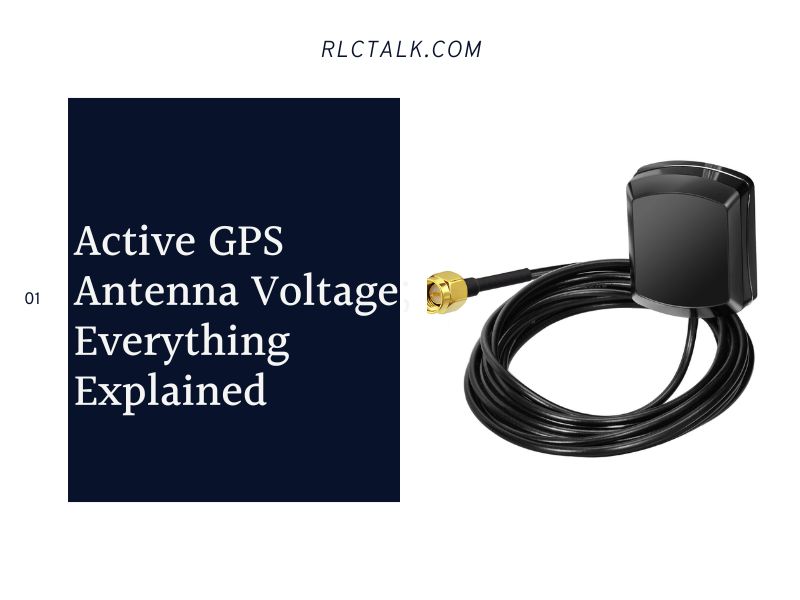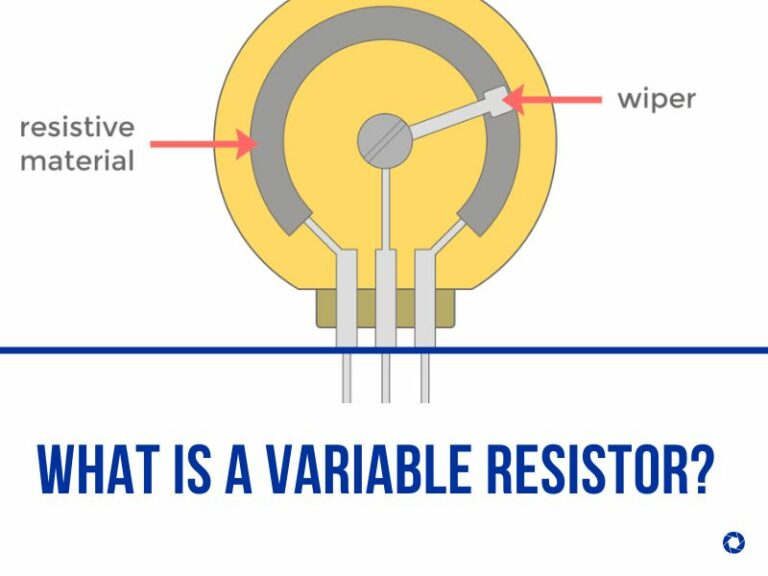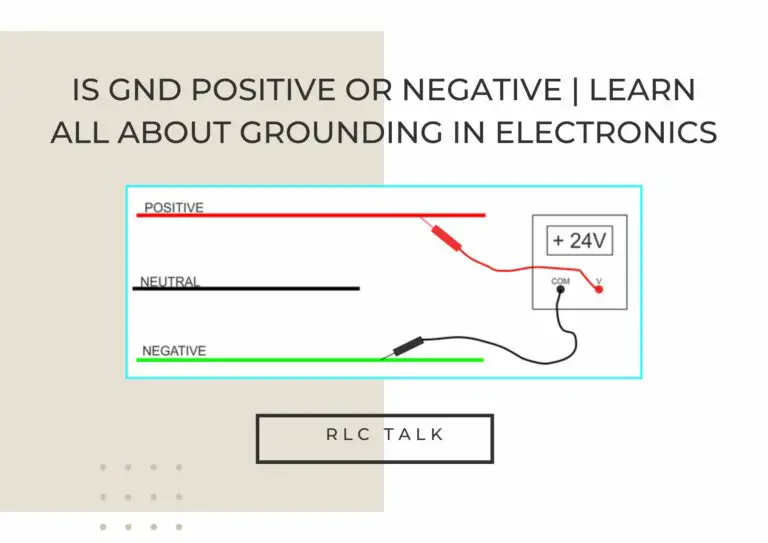Active GPS Antenna Voltage; Everything Explained
The voltage for an active GPS antenna typically ranges from 3.3V to 5V. It depends on the specifications of the specific antenna you are using. It is important to ensure that the voltage supplied to the antenna is within its specified operating range to ensure proper functioning.
This article discusses everything you need to know about the Active GPS antenna voltage. So stick around until the end to find out what you’ve been looking for.
How much power does GPS active antenna use?
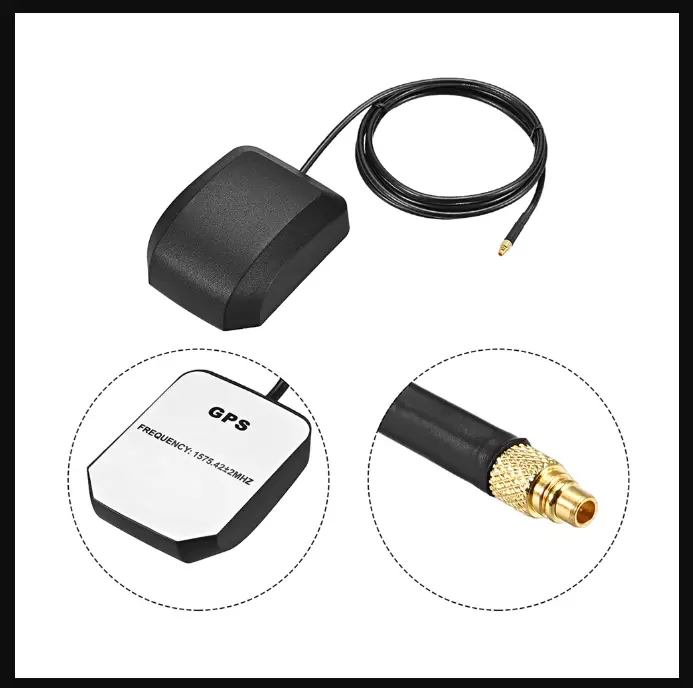
The power consumption of a GPS active antenna is determined by several factors, including the design, size, and technology used. GPS active antennas typically consume a few milliamps to a few hundred milliamps of power.
For what does the GPS antenna need power?
Power is required for an active GPS antenna to amplify the weak GPS signals received from satellites. A low noise amplifier (LNA) in the antenna boosts the signal strength before it is sent to the GPS receiver. The power consumption of the LNA and other antenna components is the primary factor in determining the overall power consumption of the GPS active antenna.
It is important to note that power consumption can vary depending on the GPS active antenna’s operating frequency and gain. When compared to low-frequency and low-gain GPS active antennas, high-frequency and high-gain GPS active antennas typically consume more power.
How much voltage does a GPS antenna need? Explained
As mentioned, a GPS antenna typically requires a voltage supply in the 3.3V to 5V DC range. The exact voltage required is determined by the specifications of the GPS antenna being used.
The voltage is used to power the GPS antenna’s low noise amplifier (LNA). The LNA strengthens weak GPS signals received from satellites, allowing them to be accurately received by the GPS receiver.
It is critical to note that the voltage supplied to the GPS antenna must be within the specified operating range to ensure proper operation and avoid damage to the LNA and other components. If the voltage is too low, the LNA may not be able to effectively amplify the signals, and if the voltage is too high, the LNA may be damaged.
rlc talk
How to test a GPS antenna with a multimeter?
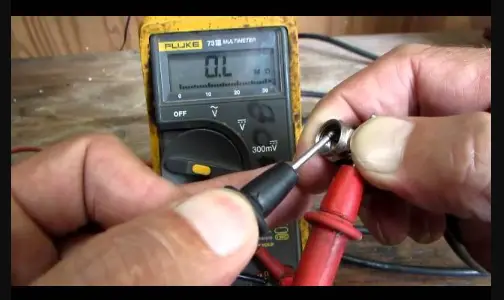
Step 01: Connect the multimeter to the antenna: Connect the positive (red) lead of the multimeter to the center conductor of the GPS antenna’s coaxial cable and the negative (black) lead to the outer shield of the coaxial cable.
Step 02: Measure the resistance: Set the multimeter to measure resistance (ohms) and check the reading. A reading of around 50 ohms indicates that the center conductor and the outer shield are connected properly.
Step 03: Measure the DC voltage: Change the multimeter setting to measure the DC voltage. Connect the positive lead to the center conductor and the negative lead to the outer shield. A reading of around 3V to 5V indicates that the antenna is receiving power from the GPS receiver.
Step 04: Measure the current: Set the multimeter to measure the DC and connect it in series with the power supply to the antenna. The reading should be within the specified range for the GPS antenna, typically a few milliamps to a few hundred milliamps.
Step 05: Check for continuity: Finally, check for continuity by setting the multimeter to measure resistance and checking the resistance between the center conductor and the outer shield of the coaxial cable.
It’s important to note that these steps are just a general guide and may not apply to all GPS antennas. Always consult the manufacturer’s specifications and instructions before testing a GPS antenna with a multimeter.
How do you calibrate a GPS antenna?
The process of calibrating a GPS antenna ensures that the antenna is properly aligned and provides accurate positioning information to the GPS receiver. The general steps for calibrating a GPS antenna are as follows:
Step 01: Place the antenna in an open area with a clear view of the sky, away from any interference sources such as tall buildings or trees.
Step 02: Check that the antenna is pointing upwards and that it has a clear view of the sky. Some GPS antennas include a built-in compass or markings that indicate true north.
Step 03: Using the appropriate cable, connect the GPS antenna to the GPS receiver.
Step 04: Turn on the GPS receiver and allow it to acquire satellite signals to perform a GPS signal acquisition test. The number of satellites and signal quality should be evaluated. A 2D position fix requires at least three satellites, and a 3D position fix requires at least four satellites.
Step 05: Compare the GPS position information to a known location to ensure its accuracy. Using differential GPS or real-time kinematic (RTK) techniques can improve accuracy.
Step 06: If necessary, repeat the calibration process until the desired level of accuracy is obtained.
It should be noted that the specific steps for calibrating a GPS antenna may differ depending on the GPS antenna and GPS receiver being used. For more information on how to calibrate your specific GPS antenna, refer to the manufacturer’s instructions.
How much power does a GPS satellite transmit?
A GPS satellite broadcasts a low-power radio signal with an average power of about 50 watts. This signal is transmitted at two different frequencies, L1 (1575.42 MHz) and L2 (1227.60 MHz), and is used to determine the position of GPS receivers on the ground. The low power of GPS signals ensures that satellites can transmit signals over long distances while still consuming little power and having a long battery life.
Because of atmospheric absorption, reflection, and scattering, the power of the GPS signal received on the ground is much lower than the power of the signal transmitted by the satellite. Nonetheless, the signal is strong enough for GPS receivers to accurately receive and use to determine position, speed, and other navigation information.
Where Is The Antenna On iPhone 11?
rlc talk
Some related FAQs
What is active GPS antenna vs passive?
A passive GPS antenna does not require a power supply and lacks active components such as an amplifier. It only uses GPS signals received from satellites to provide positioning information to the GPS receiver. In general, passive GPS antennas are smaller, lighter, and less expensive than active GPS antennas.
Why is my GPS signal weak?
Moving to a location with a better view of the sky, using a GPS signal amplifier, updating or replacing GPS hardware, and checking antenna placement and orientation are all ways to improve GPS signal strength.

